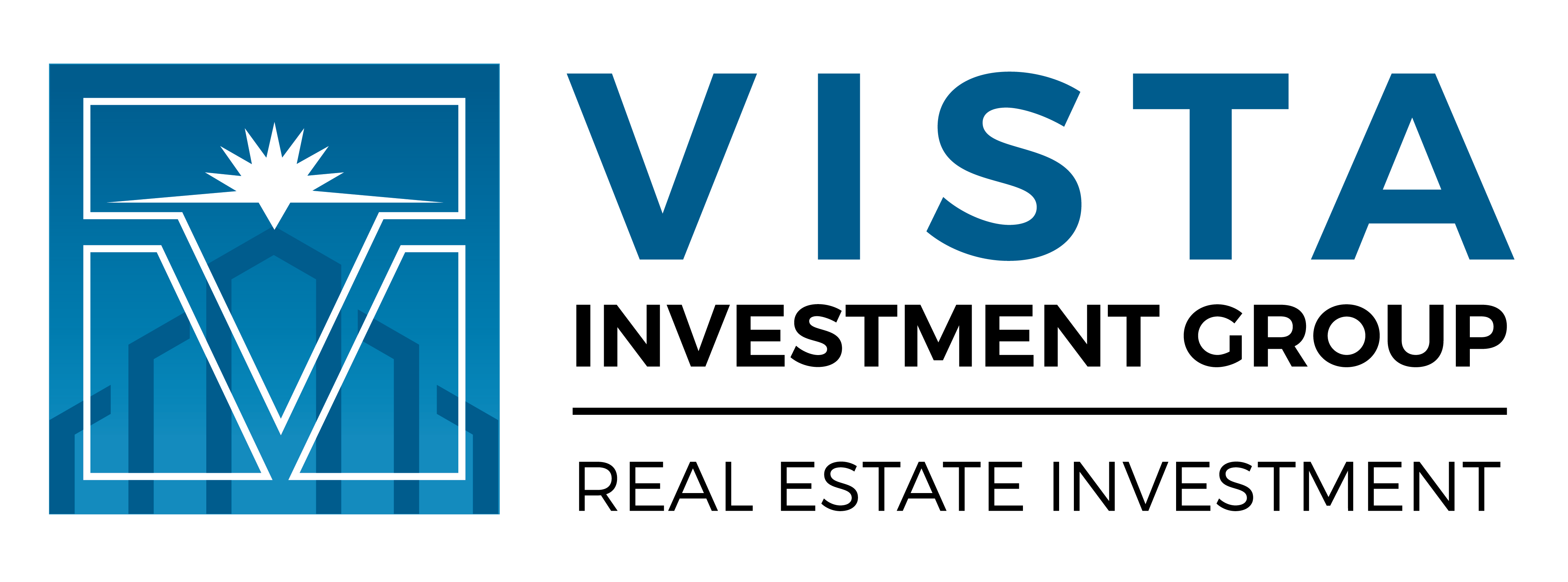LOS ANGELES—Vista Investment Group is selling its legacy assets to focus on building joint venture partnerships and to scale its business to take advantage of larger opportunities. While this isn’t a strategic shift for the firm—it will still focus on valueadd investments—it is an evolution of the existing strategy, according to Jonathan Barach, founder and managing principal of Vista Investment Group. To find out more about how the firm’s strategy has evolved, why and where it is headed this year, we sat down with Barach for an exclusive interview.
GlobeSt.com: What are the market drivers behind your strategic decision to sell smaller legacy assets?
Jonathan Barach: Generally speaking, after completing the renovation of a valueadd investment, and stabilizing the property, we will look to capitalize on our investment through a sale or recapitalization. An outright sale allows us to realize the considerable amount of equity built up in the investment over time, and invest that in a larger valueadd deal, typically through a 1031 exchange. There are exceptions to this, but that is the general strategy. As the portfolio continues to grow, we need to be careful about how we efficiently allocate our time and resources, focusing on properties that warrant the careful time and attention we give to each investment.
GlobeSt.com: How are you shifting your strategy going forward?
Barach: I wouldn’t call it a shift as much as an evolution of the strategy. Our focus continues to be on valueadd strategies in the multifamily and office/flex sectors in urban core and urbansuburban markets within California and now the Pacific Northwest. Once we’ve established a foothold in a market – as we’ve now done in San Diego and the Bay Area, for example: we look to scale up through additional investments in the market. Our aim is still to be under institutional deal size but larger than most private buyers, a market segment we believe to have the most pricing inefficiencies for a value add strategy. From a capital standpoint, we will continue to make direct investments as a firm, but we will be focusing more effort on forming strategic joint venture partnerships moving forward.
GlobeSt.com: How will these sales allow you to form JVs for your next investment phase?
Barach: Disposition of certain smaller assets will free up more time for our asset management teams to focus on larger opportunities.
GlobeSt.com: Why are JVs a good option for you to invest in this market?
Barach: The joint venture platform allows us to leverage our skills and expertise to look at a wider array of deal opportunities. As we continue to grow as a firm, the JV strategy is a logical evolution and allows our growth pattern to continue. A direct/JV hybrid strategy should allow us to judge a deal strictly on the merits of the deal, rather than having to take into account our firm’s particular equity limitations at that time.
GlobeSt.com: What are your acquisition/disposition goals this year? Will you be a net buyer or seller?
Barach: We expect to be net buyers this year. Two dispositions totaling about $24 million, and somewhere between $75 million to $120 million in new acquisitions is our goal. We are already at ~$50M since January 1, but it will all depend on the investment landscape, as we have no specific mandate to allocate a certain amount of capital per year.
Copyright 2017. ALM Media Properties, LLC. All rights reserved.

